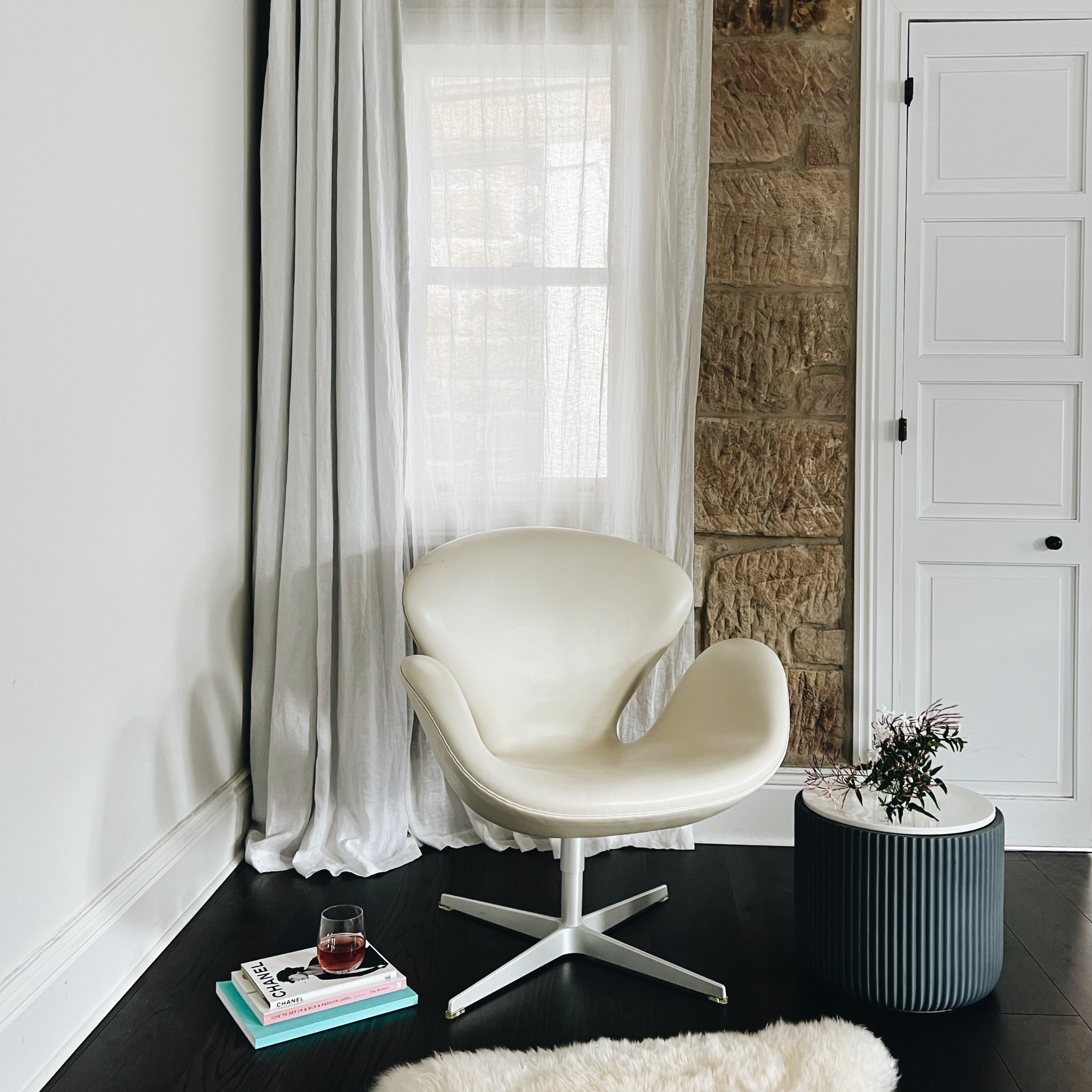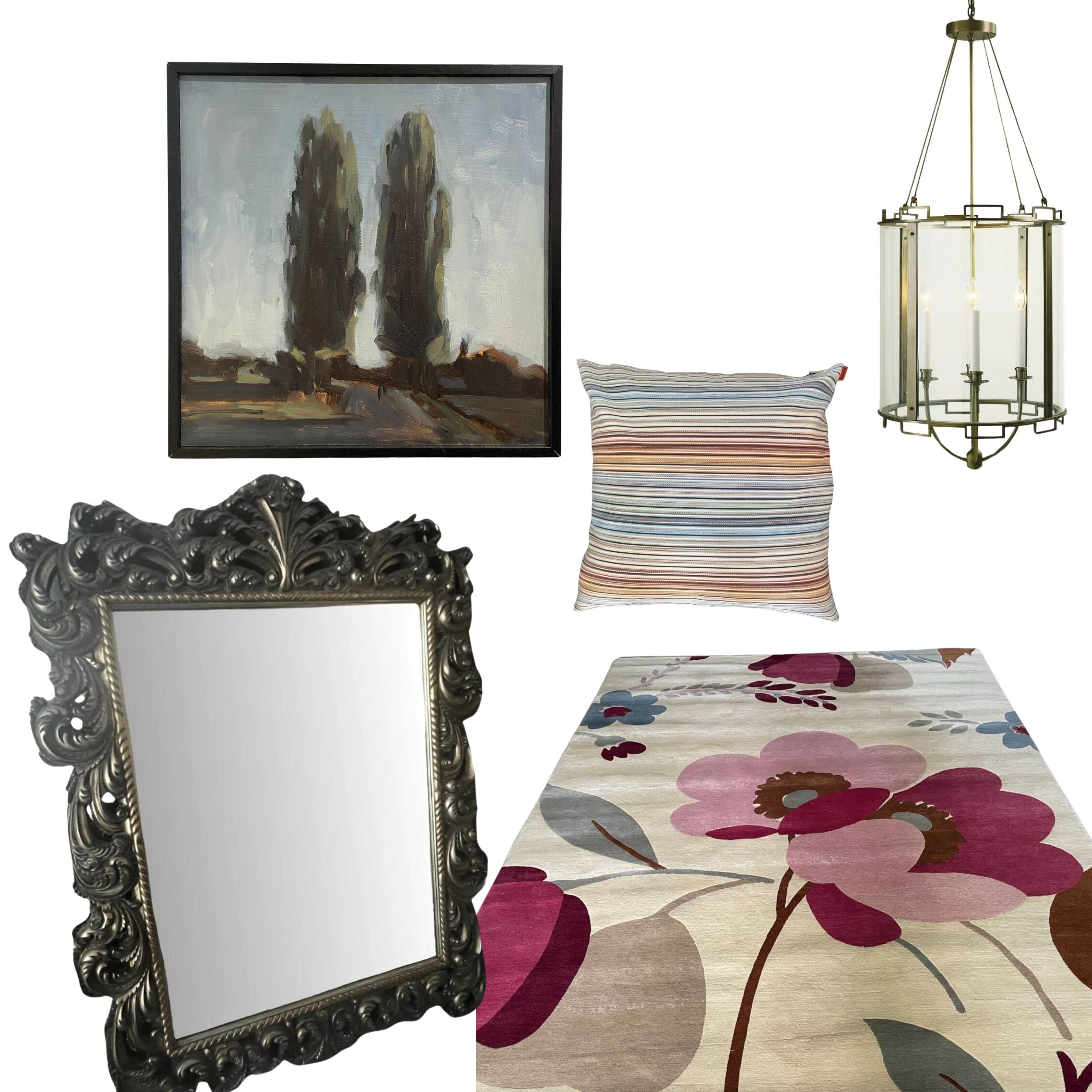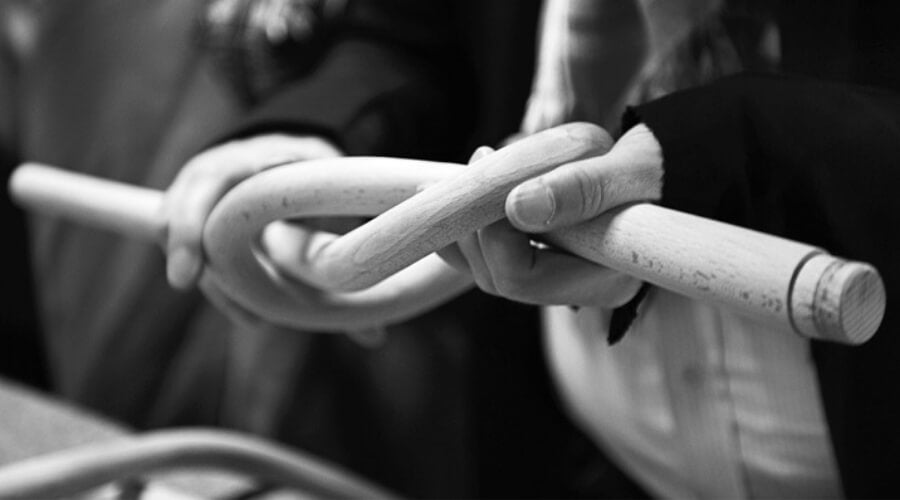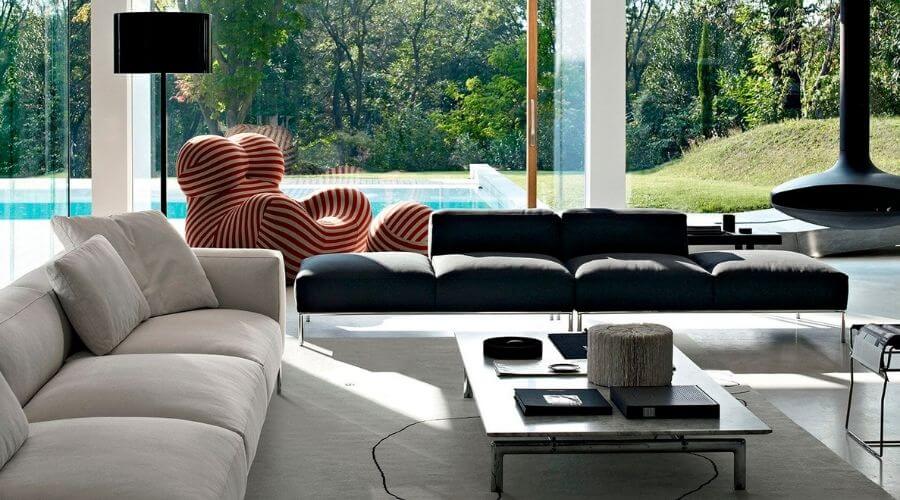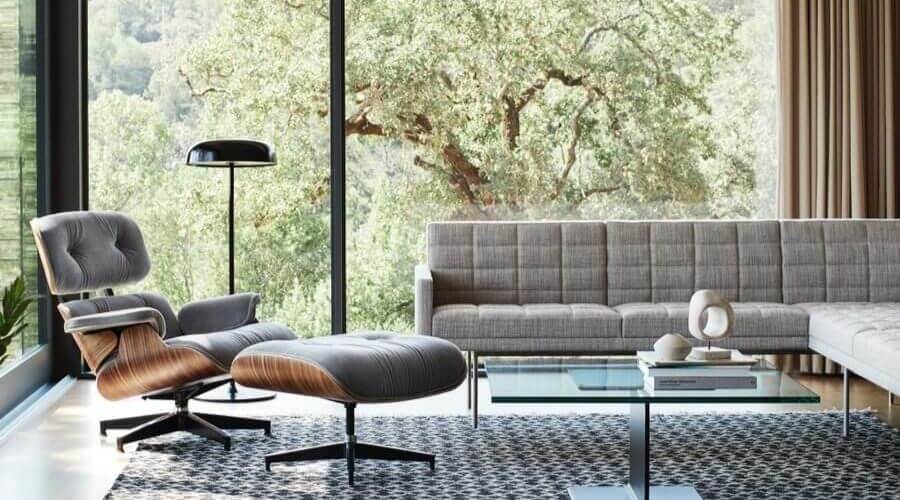
Eames
They are most famous for their iconic chairs that transformed our idea of modern furniture, but this was merely one facet of their work. They were graphic and textile designers, architects and filmmakers. If they had confined their efforts to just one of these genres, we’d still be talking about them today. Yet they spread their talents far and wide, becoming two of the greatest designers of the 20th Century.
About Charles and Ray Eames
Charles commenced his career in architecture at Washington University however dropped out two years later to begin his own practice. It was following a meeting with two brilliant Finnish architects, father and son Eliel and Eero Saarinen, that changed the direction of his life forever. He re-enrolled in his studies at Cranbrook Academy of Art in Michigan and it was here that he met Ray, who became his second wife in 1941. They moved to Los Angeles and the rest, as they say is history!
Having collaborated with his good friend Eero, in Michigan, on an innovative type of chair that was constructed of a new material called plywood, Charles continued to refine this design process after moving to LA with Ray. Unfortunately, this work was interrupted by World War 11. With so many injured soldiers returning to the States an urgent need was identified for a new type of splint. Using their plywood moulding technique, Charles and Ray produced a splint of extreme practicality that was, at the same time, aesthetically beautiful. That splint became a template for their work. “We don’t do ‘art’ – we solve problems,” explained Charles. “How do we get from where we are to where we want to be?”
Following the war, there was a new generation of households searching for a new kind of décor, Charles and Ray Eames answered that call. Charles likened a good designer to a good host, anticipating the needs of his guests. The furniture they made was stylish and, above all, fit for purpose. No wonder it became the house style of America’s new moneyed middle class. In 1947 they established their own studio, the Eames Office, in Venice, LA. For 40 years, it set the standard for every avenue of design. “We think of ourselves as tradesmen,” said Charles. “People come to us for things.”
Herman Miller Production
In 1948, Herman Miller began producing Eames moulded plywood furniture. Their moulded plywood Lounge chair (LCW) is considered the best design of the 20th century and the leather upholstered lounge chair and ottoman is instantly recognisable as an icon of mid century design.
“What works good is better than what looks good because what works good lasts,” said Ray. In fact, the two things went hand in hand. This was not a new concept. The Bauhaus had pioneered this functional approach before the war. However Charles and Ray made it mainstream. Their designs were pleasing and accessible, attractive to young executives, not just artists and intellectuals. Charles introduced modernist design to middle America, but it was Ray who softened its hard edges, and gave it mass appeal.
For Charles and Ray, design was a means to an end, rather than an end in itself. “One can describe design as a plan for arranging elements to accomplish a particular purpose,” said Charles. “The extent to which you have a design style is the extent to which you have not solved the design problem.” Did they have a design style? Well, sort of. You certainly know it when you see it. But their best work was like a pane of glass. You looked through it, barely aware of it, too busy marveling at the wonders of the world beyond.
Herman Miller, Inc., and Vitra continue to produce the Eames’s iconic furniture today. With a grand sense of adventure, Charles and Ray Eames turned their curiosity and boundless enthusiasm into their creations. Their unique synergy led to a whole new look in furniture. Lean and modern. Playful and functional. Sleek, sophisticated, and beautifully simple. That was and is the “Eames look.”
Iconic designs from the duo, such as the Eames Classic Lounge & Ottoman, Eames LCW, Eames DCM + more are on display at the Museum of Modern Art (MoMA) in New York.


